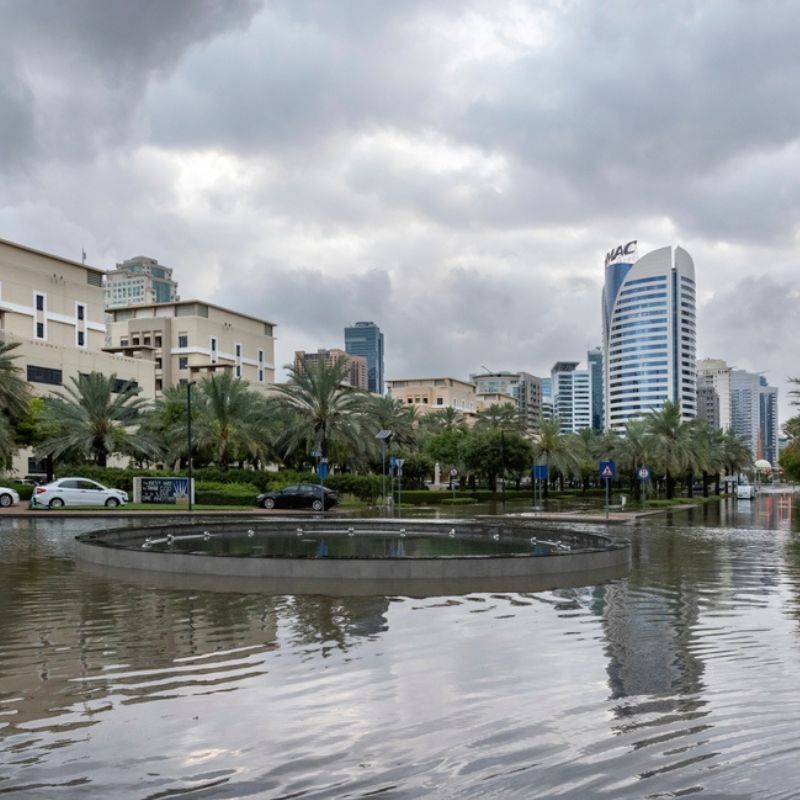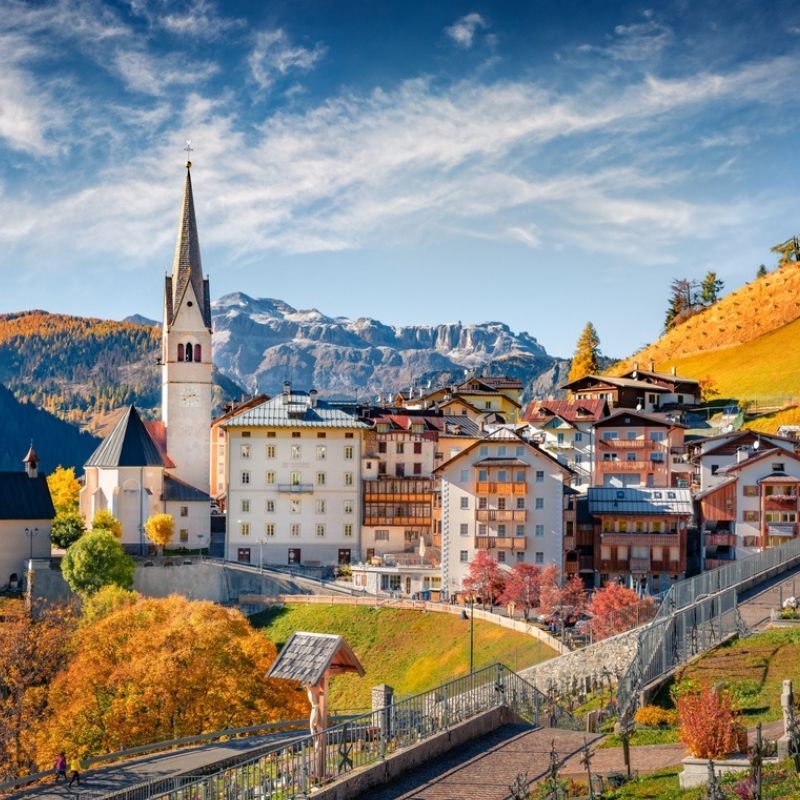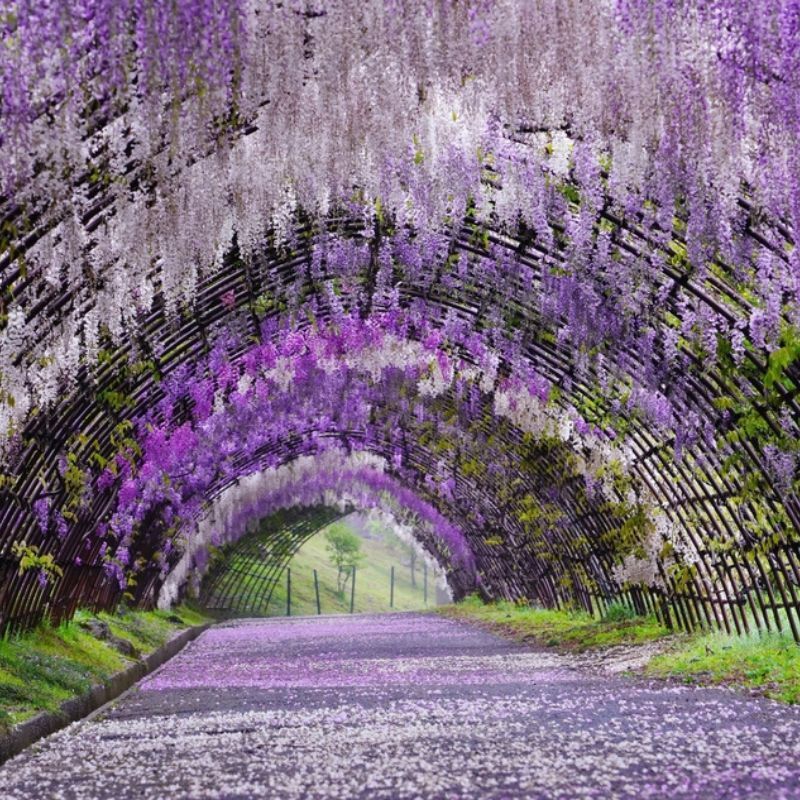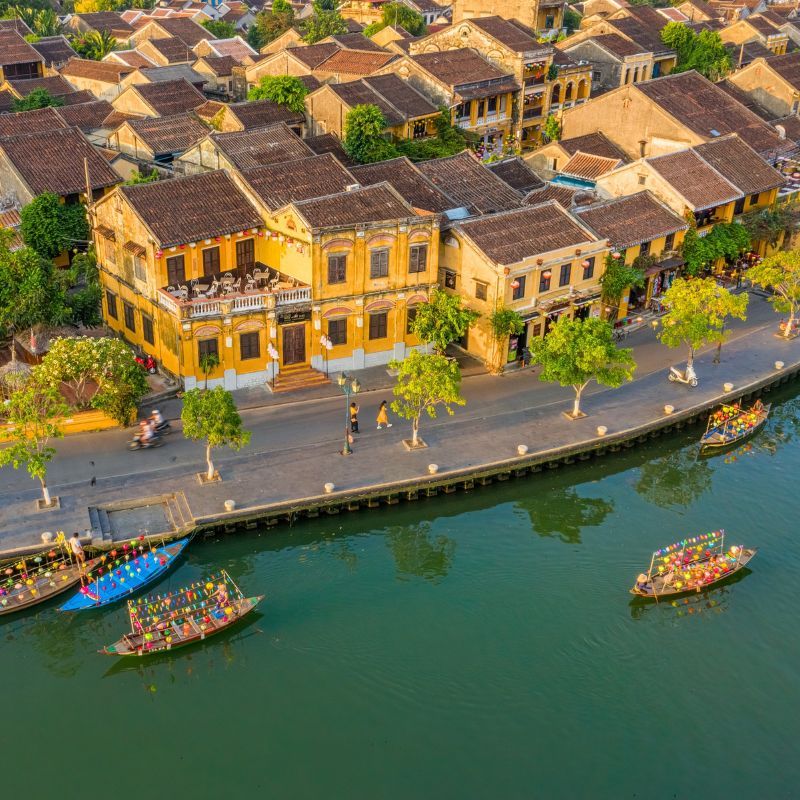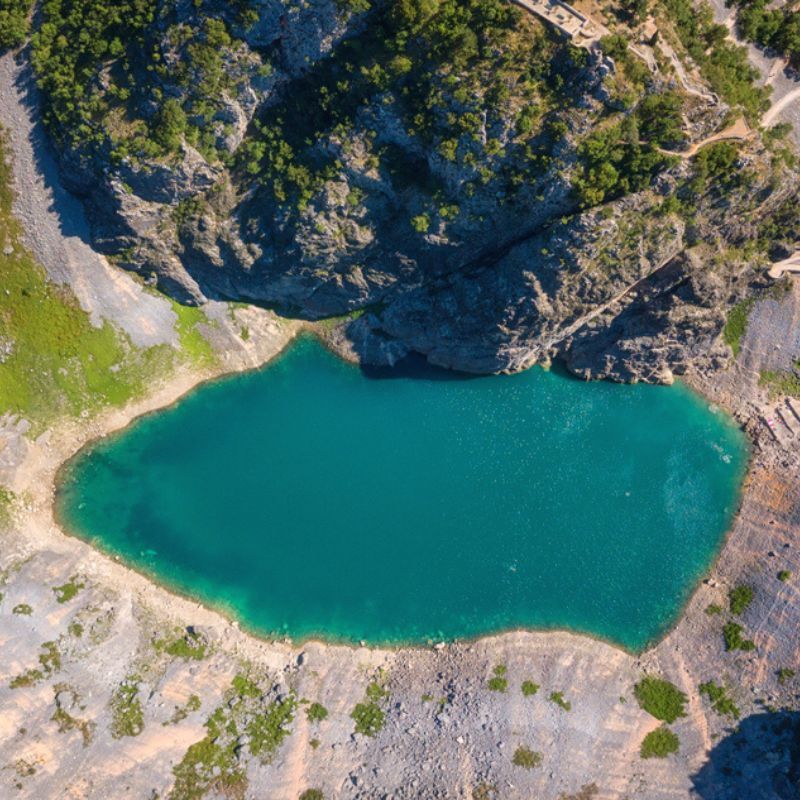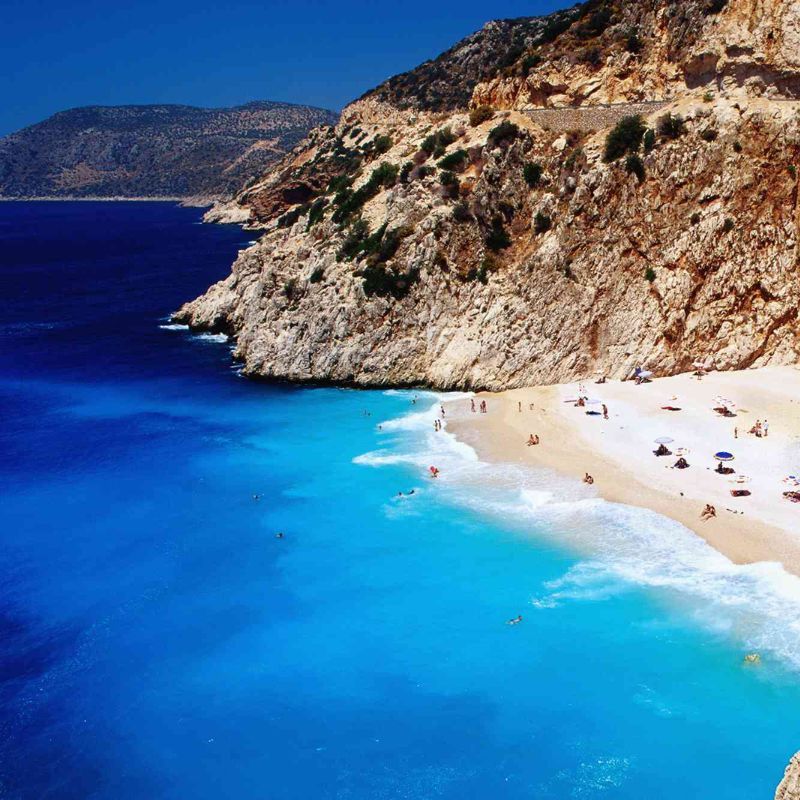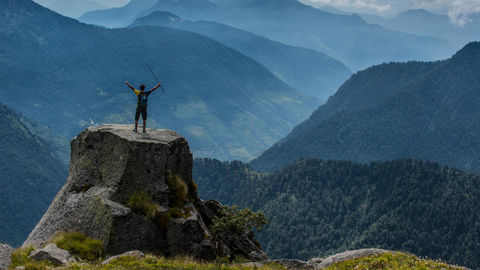
A former trade route, Johar Valley in Uttarakhand is fast becoming a crucial destination for serious trekkers in the lookout for virgin treks across the Himalayas. By Karn Kowshik

If one travels north through Kumaon, the land keeps rising. The dense, moist, deciduous forests gently change with the altitude. Sal and mango give way to pine and deodar. As one travels further in the hill towns of Almora and Ranikhet to reach Bhimtal, the birdlife begins to thin. Eventually, the dense coniferous forests too thin out, turning to dry alpine meadows. The road ends at the tiny town of Munsiari on the banks of River Gori Ganga. From here, one enters the Johar Valley. At the head of this valley, where Kumaon meets Garhwal, is the glorious Mt. Nanda Devi. The summit, at an altitude of 7,816 metres, is the highest point of Kumaon, and the highest mountain, which completely falls in India.
Nanda Devi, believed to be the protector goddess of Kumaon, rises up in a sheer wall of granite almost 3,000 metres high. Legend has it that the mountain is the incarnation of Hindu goddess Parvati. The mountain has twin summits, separated by a two-kilometre-long ridge. The lower summit is associated with Sunanda Devi, Parvati’s younger sister.
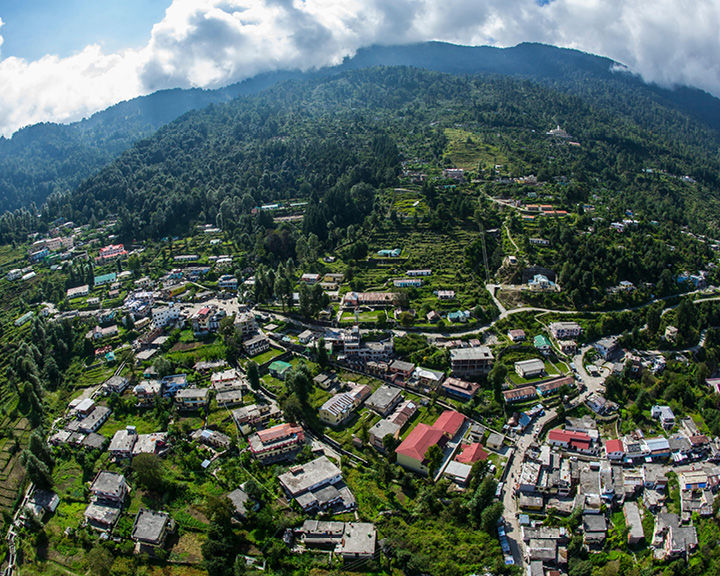
In May 2016, an invitation from a friend introduced me to the legend and call of this sacred mountain, and there began an obsession that I hope to one day complete. The invite came from Indian mountaineer Dhruv Joshi to join a government sponsored team to climb the only, as yet, unconquered peak on the Nanda Devi massif—Mt. Latu Dhura at 6,392 metres. Thus began my first expedition to the region. Unfortunately, we were forced to retreat at 5,200 metres when we found ourselves under falling rocks. Easily defeated by the goddess, we went home, only to find ourselves feel the call again. In June 2017, I returned to the peak with my friend Bharat Bhushan. This time, we made it up to 5,500 metres before deep unstable snow forced us to return.
When I look back, it’s easy to analyse why we failed twice—high objective dangers, arrid conditions, inadequate fitness levels, and daunting mountains. Like other mountaineers, it’s difficult for me to erase the memory of a failure, and I know I must return. But as I look ahead, it’s not the mountain itself that I see as a challenge, it’s the journey to get to the base camp (known as Nanda Devi East BC) that I dread. It’s a long, challenging, and risky walk, and leaves you tired even before you begin climbing. But are the rewards of this wild frontier worth it? Definitely they are!
Undertaking The Trek
The journey starts in Munsiari (2,290 metres), which can be reached by road from Kathgodam via Almora. Munsiari is like any other small Himalayan town, but is surrounded by some of the most beautiful views. Himalayan Glamping offers comfortable and easily accessible accommodation. For a unique and sustainable experience, stay with a local family in Sarmoli Homestay, run by women’s rights’ activist Malika Virdi and her scientist husband, Emmanuel Theophilus. Nanda Devi Tours and Treks is among the few expedition outfitters in town, and help trekkers with ponies, porters, guides, tents, cooks, and permits.

From Munsiari begins the 64 kilometre-long walk to the Nanda Devi Base Camp and Milam Glacier. After a short drive from Munsiari, trekkers cross River Gori Ganga to begin a gradual (by Himalayan standards!) climb to Lilam village. Your walking companions on the route are porters working for the Indo-Tibetan Border Post in Milam, who carry heavy loads, such as grains and construction equipment. While it’s possible to stay in Lilam, I prefer to walk a couple of more kilometres to reach Rajagari. This makes the next day’s walk easier, and brings you to a tiny dhaba balanced on the outcrop of the mountainside, made completely of bamboo, minus any nails! While the old couple running the dhaba are friendly and welcoming, they may not be able to cook up anything more than dal, rice and rotis.
From here, the trail takes you up a steep walk to Minsingh Top. At points, the path is only wide enough for one person, with the risk of a fall that could send you tumbling down hundreds of feet. Here, you might be forced to find a way to let a train of ponies pass you. Make sure you stay upslope since the ponies tend to bypass human presence. There are dhabas along the way that provide tea, food, and (much needed) motivation. The picturesque villages along the banks of the river are home to the Bhotia community, who trace their origin to Tibet, and practice a blend of Buddhism and Hinduism.
A few more miles uphill and you reach Bogdiar (2,700 metres). At first sight, the place seems like an eye-sore with ugly fibreglass army buildings scattered in the area. If you’re a fast walker, you can continue the journey, but most hikers prefer to call it a day and stay at one of the many dhabas, or pitch tents. The next camping site, 15 kilometres of strenuous walk away, is in Rilkot. Another rugged site with a military frontier feel to it. Accommodation is, again, in dhabas, cold guesthouses or tents.
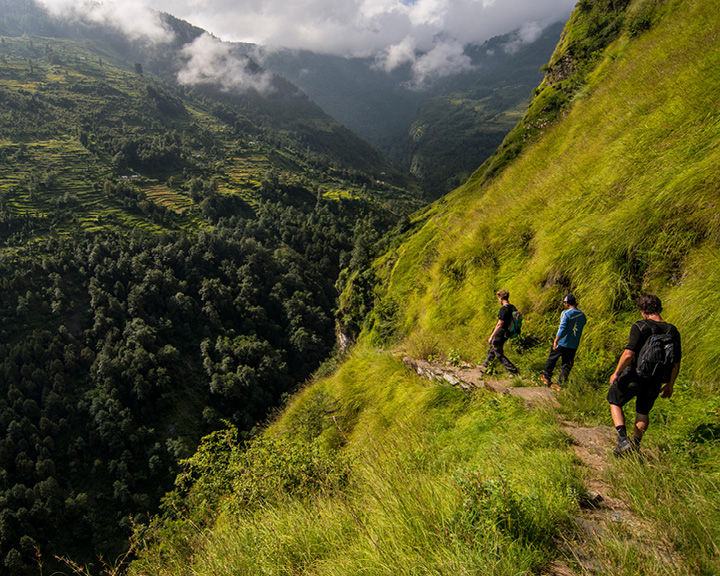
From Rilkot onwards, some sections of the trail have been converted into roads, and trucks and JCBs (which were helicoptered in!) become a common sight. For many, this takes away the beauty of the landscape, but for me, I realise the history of this trail, and how crucial a road here is. This trail was once part of the Silk Route through which hundreds of tonnes of salt was traded from Tibet to parts of Europe. This was once a bustling highway with sheep as the beasts of burden. After the 1962 China-India war, the border passes of Unta Dhura, Jainti Dhura, and Kungribingri Dhura were closed, and trade ended abruptly.
A day’s walk from Rilkot brings you to one of the prettiest villages in the Indian Himalayas—Martoli. The village is perched on a small plateau by a birch forest, at 3,600 metres, from where one can explore the Lwan Gad or carry on towards Milam. Martoli has a temple devoted to Nanda Devi, but I enjoy going to the little homestay run by a local woman, referred to as Martoli Aunty. She makes the yummiest thali of roti and dal prepared from local grains, spiced with wild herbs like jambu and pahadi zeera. She offers space in her stone house, where trekkers can lay down their sleeping bags for a sound sleep. The village of Martoli resembles a ghost town, where derelict stone houses lie empty, and only the village elders remain.

It is the perfect place to take a break, and to acclimatise—while enjoying your first views of Nanda Devi. Another half day’s walk brings you to the twin villages of Panchu and Ganghar, separated by a narrow stream. A section of this trail has been converted to a dirt road, and if you’re lucky, you may hitch a ride on a military truck. At Panchu, you can either pitch a camp, or take over one of the abandoned houses. Some villagers still live here, and feed on one of the most expensive Himalayan herbs, Keeda Jadi or Yartsa Gombu Catterpillar Fungus. Evenings here are never dull as locals are happy to find you a drink of local liquor, and share tales of their enmity with Ganghar.
Next stop on the itinerary is the Basecamp at 3,900 metres. The day-long walk is steep. Here, there are no buildings, and one needs to set up tents to spend the night. The Basecamp is surrounded by 6,000 metre-tall peaks on two sides, and the massive wall of Sunanda Devi at the head. The area is a wild alpine meadow, with small flowers and no trees. You see very little moving here (if you do, it may be a snow-leopard or bear!) The camping by the river is comfortable, and the grassy floor makes for a soft bed.
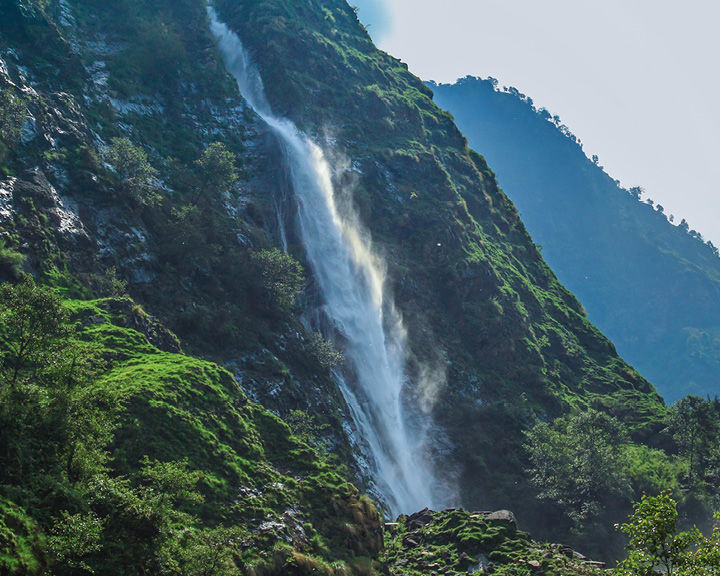
From this Basecamp, I’d attempted an unclimbed peak, but it may make more sense to go back down the valley to Panchu, and carry on to Milam (3,870 meters) from there. Milam is one of the most remote military bases in India, and has a few shops and a satellite phone, which is always busy with soldiers calling home. From here, it’s possible to visit Zero Point, which is the snout of the Milam Glacier, and watch Panchachuli, Tirsuli, Hardeol and Rishi Pahar—some of the biggest peaks in the Himalayas!
As the roads take shape, more and more parts of this region in Uttarakhand are likely to open up to tourists, creating jobs for locals, and opportunities for new mountaineering and trekking expeditions. For those who enjoy challenging treks, this can be the perfect alternative to popular treks filled with tourists!
Getting there
Drive down from New Delhi to Munsiari (560 km) via Haldwani and Almora on NH9. You can also take a flight to Pantnagar (300 km from Munsiari). The onwards journey is best enjoyed by a trek.
Stay
There are a few small hotels and homestays, such as Sarmoli Homestay and Himalayan Glamping Retreat in Munsiari. However, you need to carry tents along to take stops to rest or spend the night since there aren’t many accommodation options except for small dhabas.
Cost
Trekking tours can range from INR 20,000 to INR 1,00,000 per head depending on the service levels and route options. Cosmos Tour & Expedition and Suniti Tour & Travels offer two week- long itineraries from New Delhi.
Important Tip
Special permits are needed for both, Indian and foreign travellers. These can be arranged by local trek operators.
Related: Five Of The Toughest Treks In India You Need To Experience If You Like…


